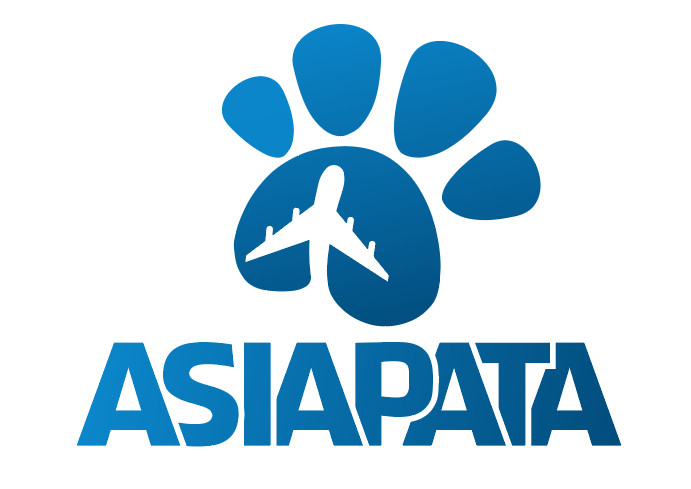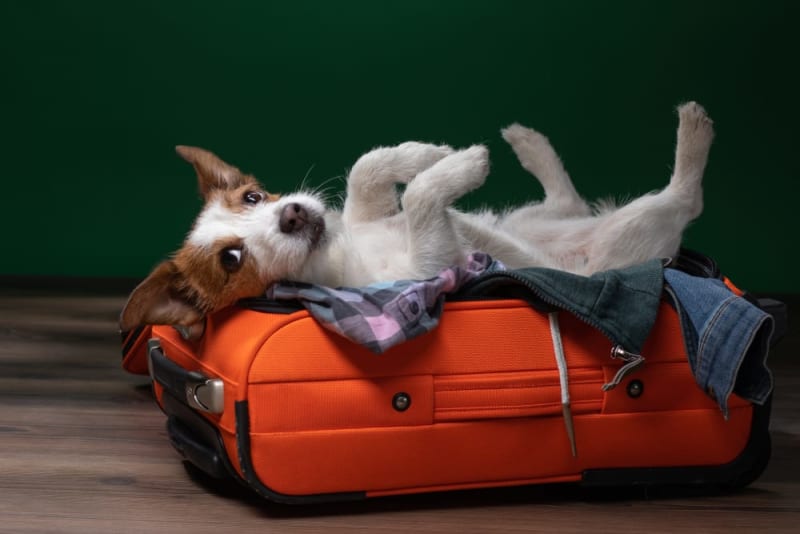Transporting pets internationally can be a complex and emotional process, requiring meticulous planning and adherence to various regulations. For pet owners in Vietnam looking to relocate their beloved animals to Namyangju, South Korea, this guide provides a comprehensive overview of the steps involved, ensuring a smooth and successful transition for both pets and their owners.
Understanding the Requirements

Before embarking on the journey, it’s essential to understand the specific requirements set by both Vietnamese and South Korean authorities. South Korea has stringent regulations regarding pet importation to prevent the spread of diseases and ensure animal welfare.
1. Microchipping
First and foremost, pets must be microchipped. The microchip should conform to ISO 11784/11785 standards and be implanted before any vaccinations are administered. This tiny chip is crucial for identifying your pet and ensuring they can be traced back to you in case they get lost during transit.
2. Vaccinations
Pets must be vaccinated against rabies. South Korea requires that the rabies vaccination be administered at least 30 days before travel but not more than 12 months before entering the country. Ensure that you have a valid rabies vaccination certificate signed by a licensed veterinarian.
3. Health Certificate
A health certificate issued by a licensed veterinarian is required. This document should state that your pet is healthy and fit for travel. It should also include details about vaccinations and any treatments your pet has undergone. The certificate must be endorsed by the Department of Animal Health in Vietnam.
4. Import Permit
In South Korea, an import permit from the Animal and Plant Quarantine Agency (APQA) is necessary. This permit ensures that all regulations are met and that your pet can legally enter the country. It’s advisable to apply for this permit well in advance, as processing times can vary.
Preparing for the Journey

Once you’ve met all the regulatory requirements, the next step is preparing your pet for the journey.
1. Travel Crate
Invest in an IATA-approved travel crate that is comfortable and secure for your pet. The crate should be well-ventilated, spacious enough for your pet to stand and turn around, and should include food and water dishes. Familiarize your pet with the crate well before the trip to reduce anxiety.
2. Comfort and Safety
Make sure your pet is comfortable by including their favorite blanket or toy in the crate. Some pets may benefit from calming products, such as pheromone diffusers or anxiety wraps, to help them stay relaxed during the flight.
Choosing the Right Airline

Selecting an airline that has experience with pet transport is crucial. Many airlines offer pet cargo services, but it’s important to confirm their policies and procedures. Contact the airline in advance to understand their requirements and ensure they have a good track record of handling pets.
Arrival in Namyangju

Upon arrival in Namyangju, your pet will go through customs and quarantine procedures. South Korea’s quarantine facilities ensure that all pets entering the country meet health and safety standards.
1. Customs Clearance
Ensure that you have all necessary documentation, including the import permit, health certificate, and vaccination records, readily available for inspection. The customs process may involve a thorough check to verify that all requirements are met.
2. Quarantine
Depending on your pet’s health and documentation, a brief quarantine period may be required. This is usually a precautionary measure to ensure that your pet is free from diseases. The duration of quarantine can vary, so it’s important to be prepared for this possibility.
Settling In
Once your pet has cleared customs and quarantine, they can be reunited with you in Namyangju. Here are a few tips to help your pet adjust to their new environment:
1. Create a Safe Space
Set up a comfortable space in your new home where your pet can feel secure. Include their familiar belongings and provide a quiet area for them to adjust to their new surroundings.
2. Gradual Introduction
Introduce your pet gradually to their new environment. Allow them time to explore and adjust at their own pace. Patience and reassurance will help them feel more at ease.
3. Veterinary Care
Schedule a visit to a local veterinarian in Namyangju for a health check-up. This ensures that your pet is acclimating well and helps you establish a relationship with a local vet for ongoing care.
Conclusion
Transporting pets from Vietnam to Namyangju, South Korea, involves careful planning and adherence to regulatory requirements. By following the outlined steps and preparing thoroughly, you can ensure a smooth transition for your pet. Remember, the key to a successful international move is preparation and attention to detail. With the right approach, your pet will soon be happily settling into their new home in South Korea.
Learn more:
International pets service from Vietnam














